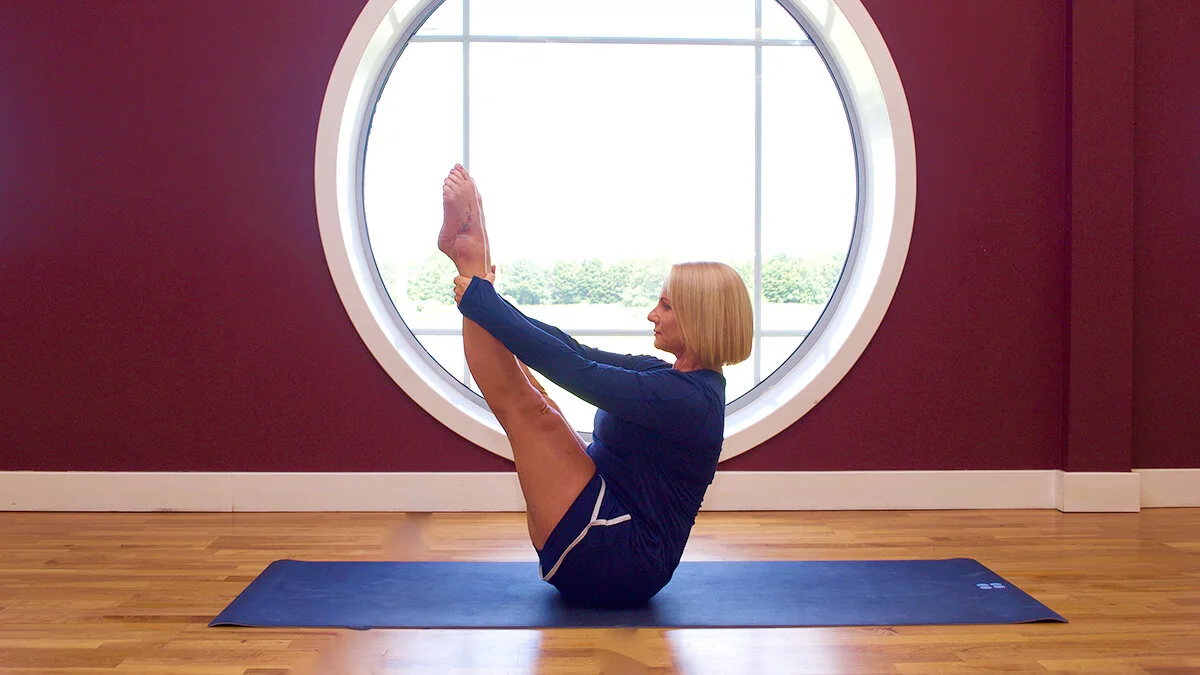New clients often ask what the difference is between Pilates and bone density Pilates, so I hope this explanation will help.
Pilates is suitable for everyone
Pilates classes, whether mat-based or for bone density, cater for everyone of any age, and are suitable from beginner through to advanced.
You can perform exercises using your own body weight, or with the help of various pieces of equipment. A typical Pilates workout includes a number of exercises and stretches. Each exercise is performed with attention to correct breathing techniques and abdominal muscle control.
What is mat-based Pilates?
Mat-based Pilates has a full body and mind approach through achieving a good technique. It focuses more on improving mobility around the joint areas and muscle flexibility, and increasing breath awareness and concentration to help with relaxation and reducing stress.
It also improves muscle strength and tone (particularly abdominal muscles, lower back, hips and buttocks), stabilisation of your spine, and posture and balance.
Mat-based Pilates is a safe and effective method of rehabilitation and exercise, with modifications and options given in class.
Mat-based Pilates exercises are performed mainly on the floor using gravity and your own body weight to provide resistance. I sometimes use Pilates balls, stretch bands and circles to add variation.
What is Pilates for bone density?
Like Pilates, bone density Pilates maintains the principles of A for alignment, B for breath C for centre.
Unlike Pilates, however, it looks to increase bone density and muscular strength to support a healthy functioning upper and lower body. It focuses on areas more prone to osteoporosis, such as wrists, hips and ankles, so that you have a better chance of not breaking any bones should you fall over!
(You can read more about the importance of Pilates in improving muscle and bone health to help reduce the risk of osteoporosis and problems associated with it in my Healthy Bones & Muscles blog.)
Bone density Pilates is not a fitness class and is non-competitive: I work on increasing load and repetition safely and at your own pace. The first 30 minutes consist of standing exercises which are then followed by floor work … working on the deep core muscles front and back and finishing with mobilisation of the spine and stretching using a band.
You need hand weights, starting with 0:5kg or 1kg (I can advise you on this). I recommend these from Amazon.
How often should you do Pilates?
Whether doing mat Pilates or bone density Pilates – or both! – you should take a class at least two or three times per week to gain maximum benefit, and I would highly encourage this. You may notice postural improvements after 10 to 20 sessions.
I offer both types of Pilates classes on Zoom and in studio to help you achieve a healthy, supple and functionally-strong body – view my timetable for details.
Look forward to seeing you on the mat soon!




